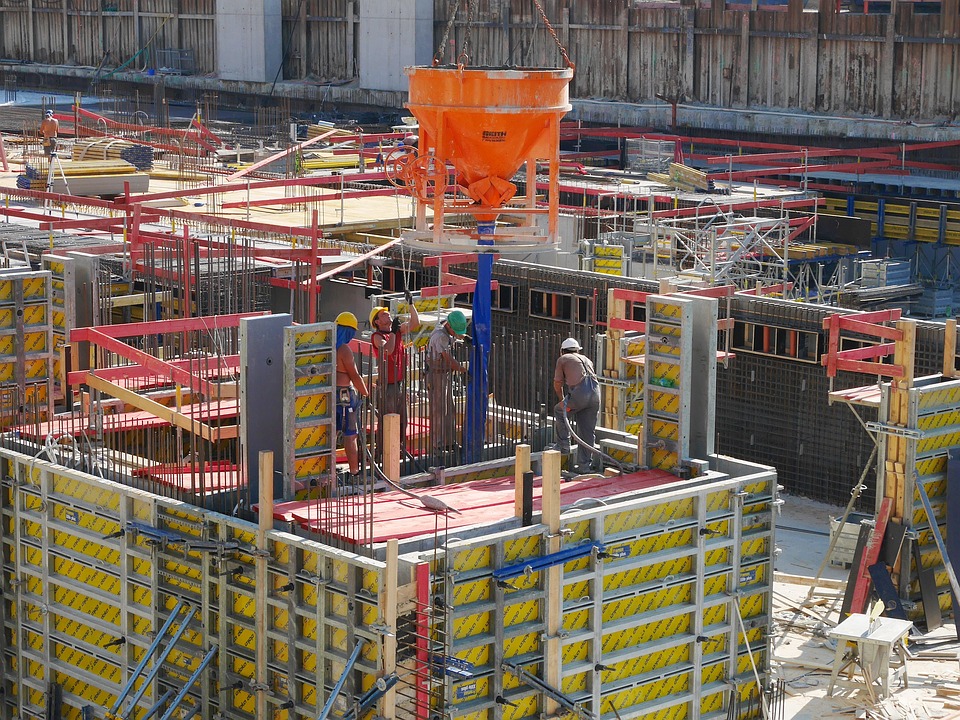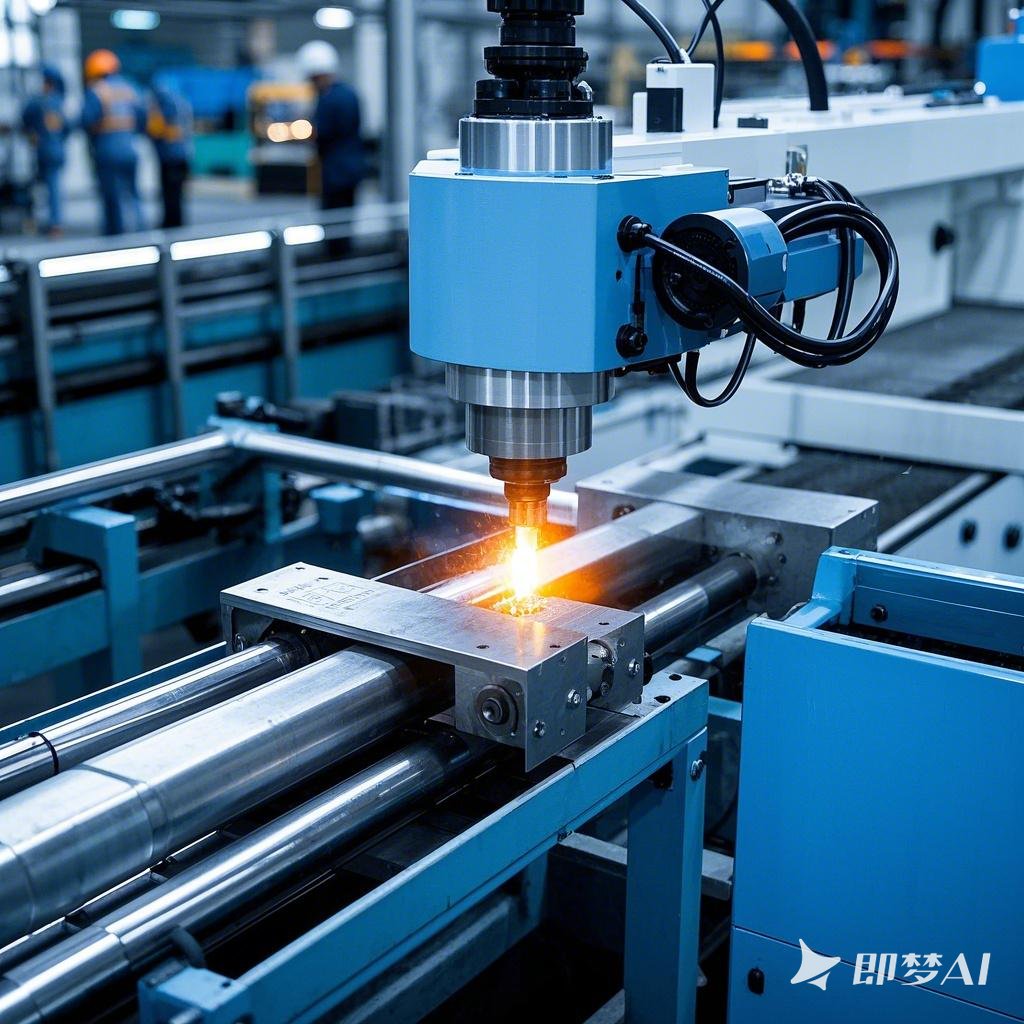Data collection and aggregation: It can connect a variety of Internet of Things sensors and devices to collect various data such as temperature, humidity, pressure, etc. in real time, and aggregate these data from different devices.
Protocol conversion: Realize the conversion between multiple protocols used by IoT devices, DMR wireless communication protocols, and back-end platform protocols to ensure that data between devices of different protocols can understand and transmit each other.
Data processing: cleaning, filtering, format conversion, compression and other processing of the original data source collected to improve data quality and reduce transmission volume.
Communication transmission: The DMR wireless communication network is used to transmit the processed data to the remote control center, cloud platform or other end points, and can also receive and forward control instructions from the back end.
Facility Management: Manage connected IoT devices and DMR communication devices, including device registration, configuration, condition monitoring, and maintenance






